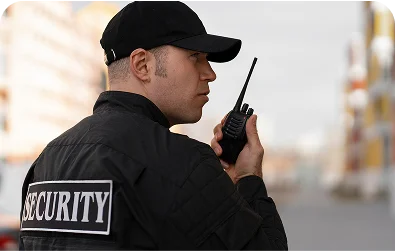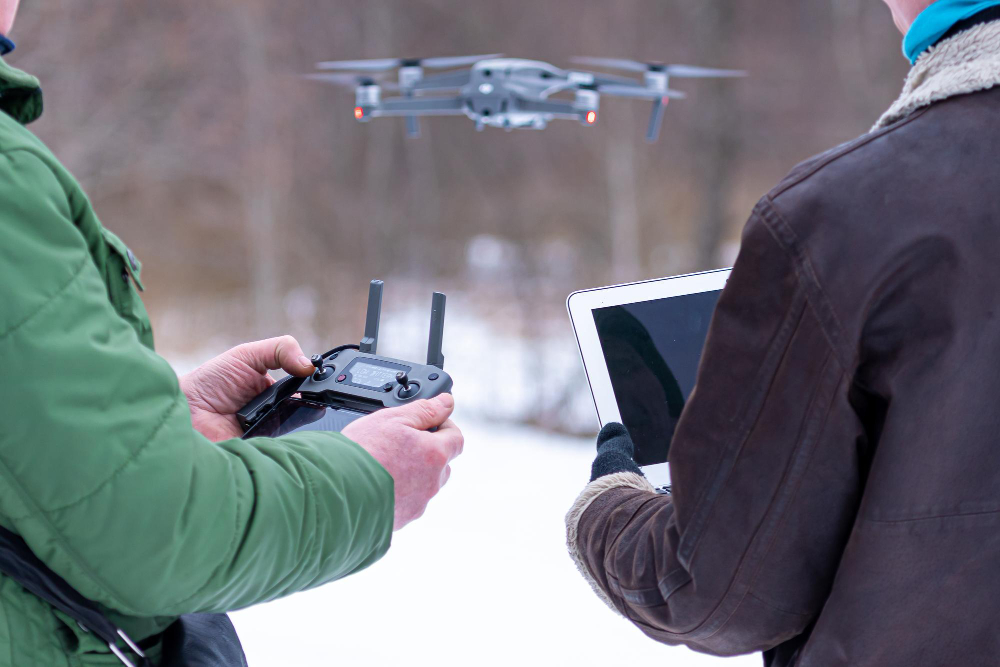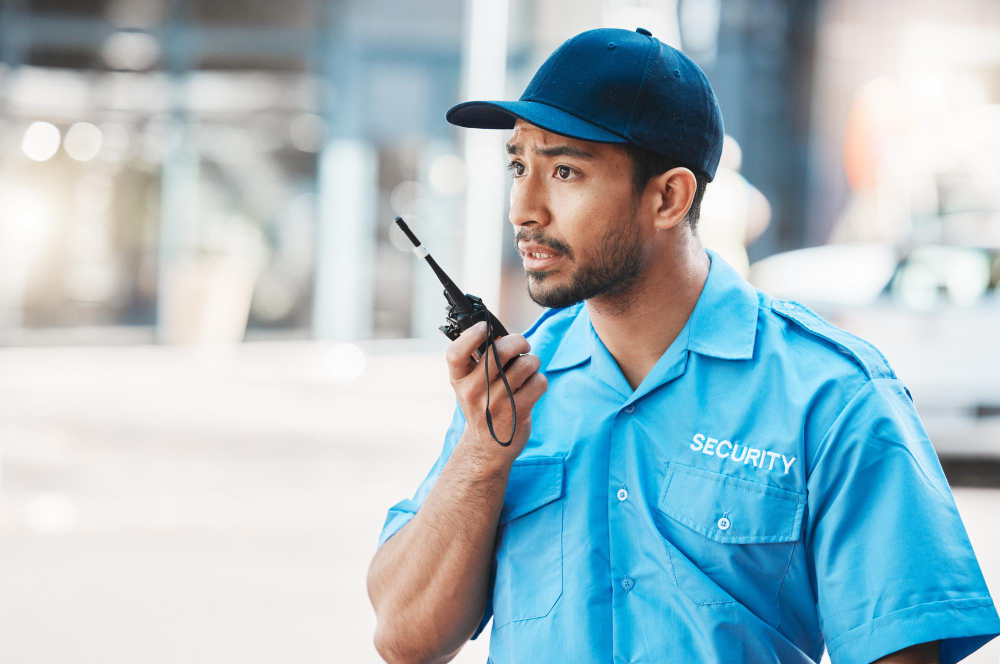Key Takeaways:
- Logistics security is vital for preventing theft, cyber attacks, and accidents in the supply chain.
- Distributed security systems help secure large-scale operations, ensuring data and goods stay protected.
- Investing in logistics security solutions improves operational efficiency and reduces losses.
Introduction: Why Security is Crucial in the Logistics and Distribution Industry
The logistics and distribution industry is the backbone of the UK economy, with a staggering £7.5 trillion worth of goods being transported every year. But with that immense growth comes some serious security risks, such as theft, cyberattacks, and data breaches. Here’s a jaw-dropping stat: cargo theft alone costs the UK logistics industry over £22 billion annually. Yes, you read that right, £22 billion!
And it’s only getting worse. By 2025, over 60% of logistics companies are expected to experience some sort of cyber incident. It’s not just about safeguarding goods anymore; it’s about protecting sensitive data, intellectual property, and even employees.
The good news? You can combat these risks with cutting-edge solutions. AI-driven surveillance and distributed security systems are game-changers in keeping everything secure. By implementing the right strategies, logistics companies can streamline operations while keeping their assets and data locked down tight. Let’s explore the top security risks in logistics and how businesses can effectively tackle them!
Top 7 Security Risks in the Logistics and Distribution Industry
1. Cargo Theft
Cargo theft is a major risk for logistics companies, causing over $30 billion in losses globally each year. Thieves typically target high-value shipments or goods that are left unsecured during transit.
To reduce this risk, companies must implement robust security measures, including tracking systems, surveillance, and secure packaging to protect shipments and prevent financial losses.
How to Mitigate This Risk:
- Use secure distribution services with advanced tracking technologies.
- Implement distribution security officers to monitor vulnerable areas and manage risks.
- Incorporate distributed security systems that provide real-time alerts and prevent unauthorised access.
2. Cybersecurity Threats
The rise of digitalisation in logistics has exposed the sector to increasing cybersecurity threats. From data breaches to hacking attacks, logistics companies are prime targets for cybercriminals seeking to steal sensitive customer data or compromise vital infrastructure.
Protecting against these risks requires robust cybersecurity measures to safeguard both operational data and customer information from unauthorised access.
How to Mitigate This Risk:
- Partner with a trusted logistics security company that provides robust cybersecurity logistics solutions.
- Invest in distributed security services that focus on network protection, encryption, and system monitoring.
- Train employees regularly on cybersecurity best practices to prevent breaches.
3. Physical Security of Warehouses and Distribution Centres
Warehouses and distribution centres are large, complex facilities with numerous entry points, making physical security crucial. Protecting these spaces is essential to prevent theft, vandalism, and unauthorised access to valuable goods.
Access control systems, surveillance cameras, and security personnel are vital components in safeguarding these facilities, ensuring that only authorised individuals can access sensitive areas and assets.
How to Mitigate This Risk:
- Employ distribution security officers who are trained to patrol and monitor facilities 24/7.
- Install surveillance cameras and use automated monitoring systems for continuous oversight.
- Use logistics security solutions that integrate access control and visitor tracking.
4. Employee Theft
Employee theft is a major internal risk in logistics. Workers with access to sensitive information or valuable goods can be tempted to steal or misappropriate resources, leading to significant losses.
Businesses can reduce this risk through background checks, implementing strict security protocols, and using monitoring systems to track inventory and ensure transparency, minimising the potential for theft.
How to Mitigate This Risk:
- Conduct thorough background checks on all employees, especially those in sensitive positions.
- Establish clear security protocols for handling goods and inventory.
- Use distributed security systems to monitor employee actions and activities in sensitive areas.
5. Supply Chain Disruptions
Unpredictable events like natural disasters, political instability, or strikes can severely disrupt supply chains, exposing them to security threats and causing significant delays. These disruptions can affect the timely delivery of goods and compromise safety. ‘
To mitigate these risks, businesses must have contingency plans and robust security measures in place to maintain operational continuity during unforeseen events.
How to Mitigate This Risk:
- Use secure distribution services to minimise the impact of disruptions and ensure the continuity of operations.
- Implement contingency plans and logistics security solutions to handle unexpected events effectively.
- Maintain flexible contracts with suppliers to adapt to unforeseen changes quickly.
6. Lack of Visibility in Transit
During transit, the lack of real-time visibility into goods' location, condition, or safety status significantly increases the risk of theft or damage. Without continuous tracking, businesses are vulnerable to potential losses and delays.
Implementing real-time tracking systems and AI-driven monitoring can help mitigate these risks, ensuring better security and faster response times throughout the supply chain.
How to Mitigate This Risk:
- Use AI-powered drones or real-time GPS tracking to provide constant updates on the movement of goods.
- Implement surveillance drones for long-range surveillance during transit to monitor high-risk areas.
- Choose the best drone for security surveillance to track shipments effectively.
7. Inadequate Handling of Hazardous Materials
In the logistics industry, transporting hazardous materials demands strict safety measures to prevent accidents or leaks. Improper handling can result in severe consequences, including environmental damage or even explosions.
Ensuring proper training, secure packaging, and adherence to regulations is vital to safely managing these materials, minimising risks, and protecting both people and the environment.
How to Mitigate This Risk:
- Invest in logistics security solutions that provide specialised handling and storage for hazardous materials.
- Train employees on the safe transport and storage of dangerous goods.
- Use automatic surveillance drones to monitor sensitive cargo in transit, especially for hazardous materials.
How Distributed Security Systems Help Mitigate Risks
A distributed security system integrates multiple layers of security across your supply chain. From logistics security solutions to AI-powered drones, these systems provide continuous monitoring and instant alerts. Here’s how they work:
|
Security Measure
|
Benefit
|
|
Surveillance Cameras
|
24/7 monitoring of warehouses and distribution centres
|
|
AI Drone Technology
|
Real-time tracking of shipments and cargo
|
|
Access Control Systems
|
Prevent unauthorised access to sensitive areas
|
|
Cybersecurity Systems
|
Protect data and communication networks
|
|
On-Site Security Personnel
|
Provide physical security and immediate response
|
Distributed security offers comprehensive protection for both physical and digital assets, reducing risks significantly.
Final Thoughts: Securing Your Logistics and Distribution Network
In Reading, logistics security isn’t just a nice-to-have; it’s an absolute necessity! With the logistics and distribution industry facing increasing threats like cargo theft, which costs businesses over £22 billion annually in the UK, and the rise of cybersecurity breaches, it’s clear that the stakes are high. In fact, 60% of logistics companies are expected to report cyber incidents by 2025. That's a serious risk to your operations and your reputation.
But don’t worry, Intraguard has got you covered! By using advanced security solutions like AI-driven drones and distributed security systems, businesses can stay one step ahead. These smart tools provide real-time monitoring, fast response times, and proactive threat detection, ensuring your goods, data, and employees are safe.
So, why risk it? Secure your supply chain today with Intraguard’s tailored logistics security solutions. Protect your business in Reading and stay ahead of the game!
Frequently Asked Questions
Q1. What Are Logistics Security Solutions?
Logistics security solutions refer to comprehensive strategies and technologies used to protect goods, data, and facilities from theft, damage, or cyber threats during transportation and storage.
Q2. How Do Surveillance Drones Help in Logistics Security?
Surveillance drones provide real-time monitoring of goods in transit or in storage, ensuring security over long distances and hard-to-reach areas, especially for long-range surveillance.
Q3. What is a Distribution Security Officer?
A distribution security officer is a trained professional responsible for monitoring and securing warehouses, distribution centres, and goods in transit to prevent theft, damage, or unauthorised access.
Q4. What is a Distributed Security System?
A distributed security system integrates multiple security tools (like cameras, drones, and access control) to provide continuous monitoring and protection across your entire supply chain or facility.
Q5. How Can AI Drones Improve Logistics Security?
AI drones enhance logistics security by autonomously monitoring and tracking shipments, detecting threats, and providing real-time data, reducing human error and increasing operational efficiency.














